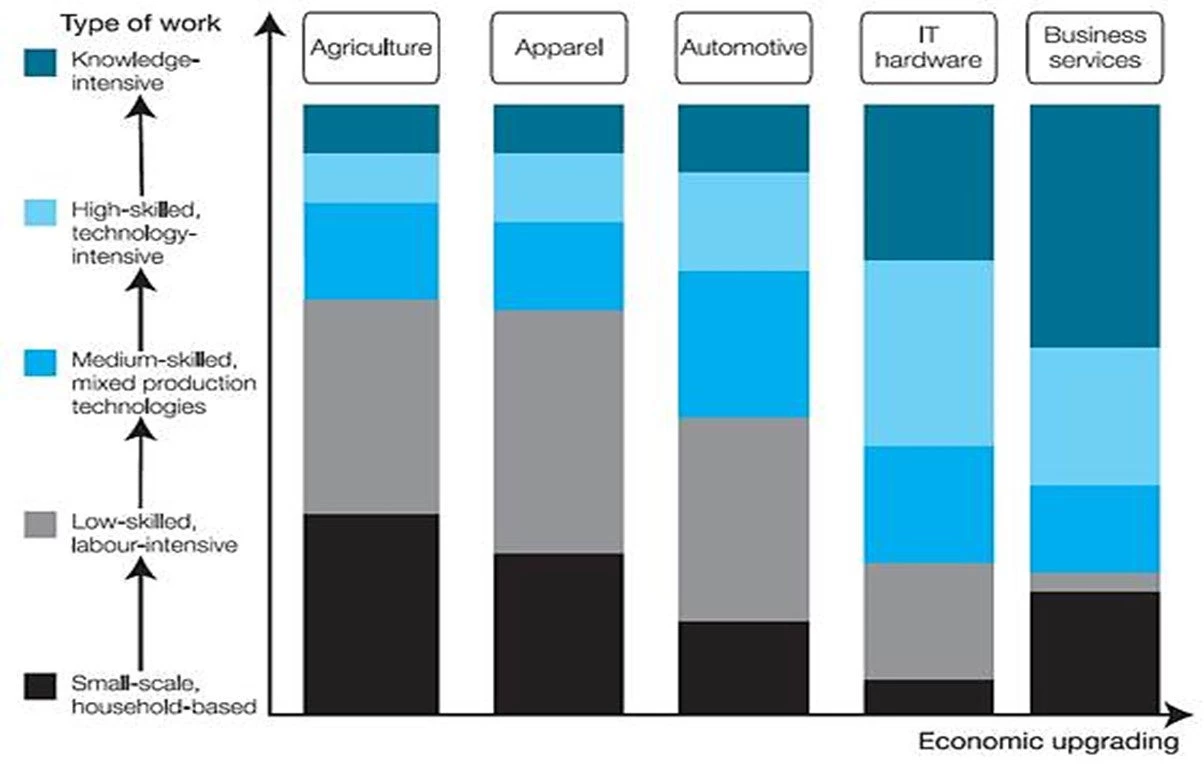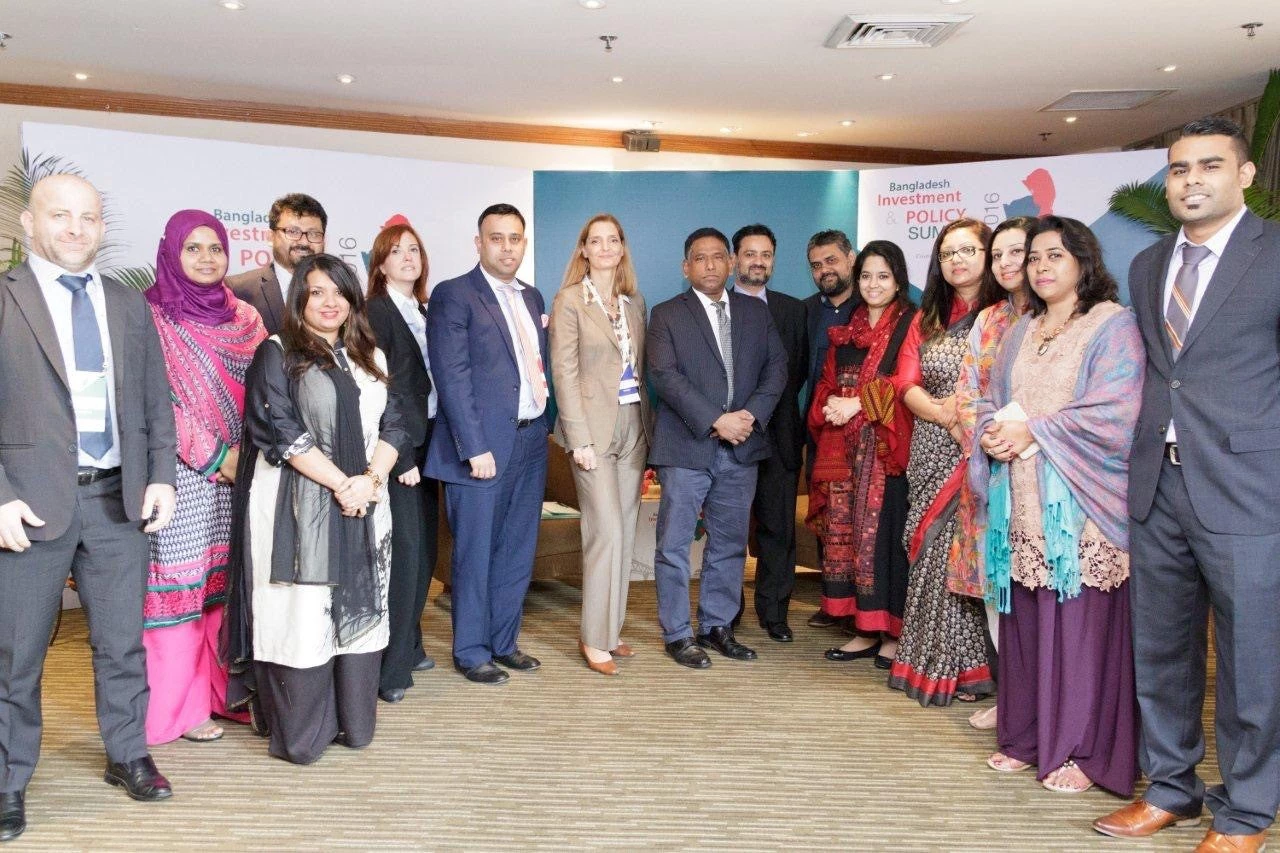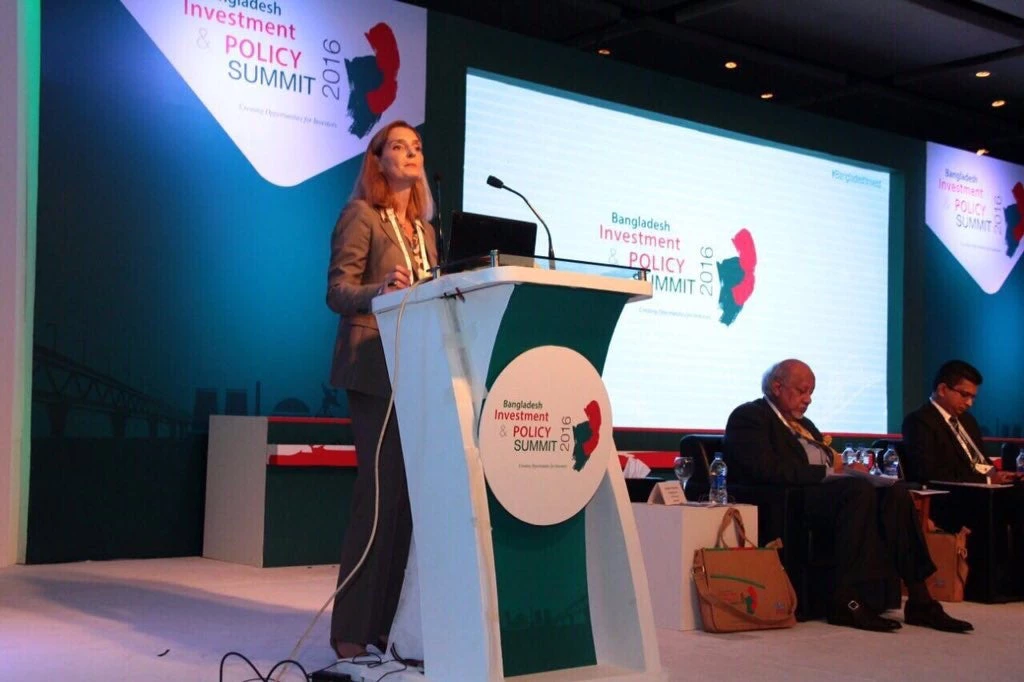While extreme poverty has diminished, however, the gap between the richest and poorest countries has increased dramatically. In 1776, when Adam Smith wrote The Wealth of Nations, the richest country in the world was approximately four times wealthier than the poorest. Today, the world’s richest country is more than 400 times richer than the poorest.
What separates them?
One answer is knowledge, diversification and the composition of exports, all areas in which foreign direct investment (FDI) has an important role to play.
FDI matters, but not all FDI is created equal
While FDI is important for economic growth, not all FDI is the same. One way to differentiate is by an investor’s motivations using a framework established by British economist John Dunning:
- Natural resource-seeking investment: Motivated by investor interest in accessing and exploiting natural resources.
- Market-seeking investment: Motivated by investor interest in serving domestic or regional markets.
- Strategic asset-seeking investment: Motivated by investor interest in acquiring strategic assets (brands, human capital, distribution networks, etc.) that will enable a firm to compete in a given market. Takes place through mergers and acquisitions.
- Efficiency-seeking investment: FDI that comes into a country seeking to benefit from factors that enable it to compete in international markets.
This last category – efficiency-seeking FDI – is particularly important for countries looking to integrate into the global economy and move up the value chain.
Characteristics and advantages of efficiency-seeking FDI
Efficiency-seeking FDI is not only export-oriented, but also key to export diversification. While typically more difficult to attract, efficiency-seeking FDI can become more than a source of capital, creating new jobs that are more diversified and with greater productivity and value. It can also lead to expertise and technology transfers, boosting R&D and economic upgrading in the process. Two country examples illustrate this point.

In Honduras, FDI played a role in jumpstarting the country's light manufacturing sectors and in the steady diversification of exports over the last decade, particularly in insulated wire for cars. Exports of Honduran insulated wire multiplied from 0.3 percent of total exports in 1995 to 8 percent in 2014, totaling $624 million. Industry growth was buoyed by low labor costs, investment retention, and a solid reputation.
Another example is Mexico, which developed its aerospace industry in less than two decades. Aerospace products were very limited in 2000 but by 2015, the sector grew to become a $5 billion export industry employing some 31,000 people with 20 percent annual growth. Linkages between firms, both foreign and domestic, supported the industry’s growth and helped retain investment.
In both countries, efficiency-seeking FDI was critical in kick-starting the growth of technology-intensive industries. The influx of foreign investment helped channel technical and material know-how into production processes and facilitated the growth of two major industries.
So what can we learn from these examples and how can efficiency-seeking FDI be applied to specific country contexts?
The question was a topic of discussion at this past month’s Bangladesh Investment and Policy Summit, where I gave a keynote speech on FDI for efficiency and growth and Bangladesh’s investment potential. The government has been implementing a number of policy reforms to promote a competitive investment climate and create a diverse range of investment opportunities – critical for Bangladesh in attaining its priority development goals of creating more and better jobs and the diversification of its export base.


In comparison to its regional competitors, Bangladesh has the potential to receive more diversified FDI. Vietnam attracted approximately $9.2 billion in FDI in 2014, while Bangladesh only $1.5 billion, primarily in textiles.
The government hopes to draw $9.6 billion in FDI by 2021, and enhancing the country’s investment attractiveness is a major first step. Bangladesh ranks 107 out of 140 economies in the World Economic Forum’s Competitiveness Index and 174 out of 189 economies in Doing Business 2016.
For potential investors, Bangladesh has an important market size and competitive labor costs, but that’s not the only thing investors are interested in. The ability to consistently meet product standards as well as production costs, skilled labor, ease of cross-border movement, and the availability of critical inputs (power, transportation, industrial land, etc), all factor into the decision-making process.
While FDI attraction is critical, it’s only a small part of the story. Retaining investors is key. The real benefits of efficiency-seeking FDI for a host country appear later on, as foreign firms bring in capital, employ local staff, share technology and know-how, and create spillovers that move a country up the value chain.
Just as we have been doing over the last decade, teams within the new Trade and Competitiveness Global Practice and the rest of the World Bank Group are working with the government of Bangladesh in designing and implementing an agenda covering these complex issues and challenges. In working together towards this ambitious endeavor, I look forward to seeing where Bangladesh will go next.


Join the Conversation